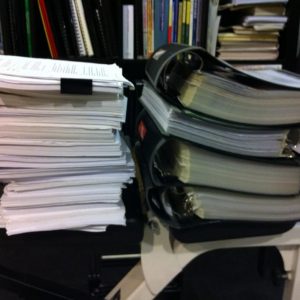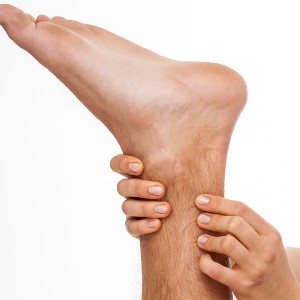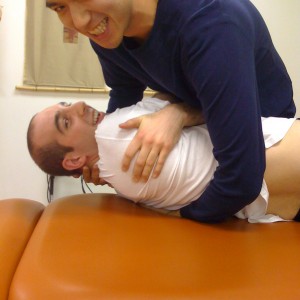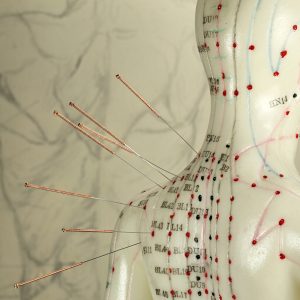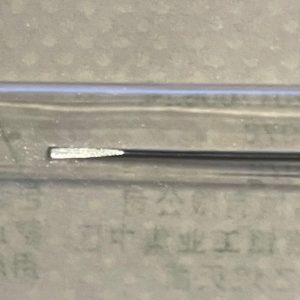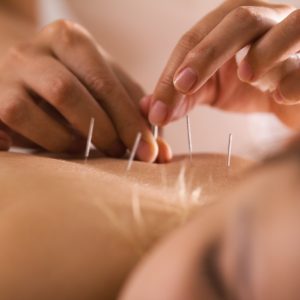Dissection is a process of carefully cutting open and examining the internal structures of a human or animal body to gain a deeper understanding of its anatomy. Dissection is an essential component of the study of anatomy, as it allows students to see and touch the actual structures and organs of the body, rather than simply studying them from diagrams or illustrations. Dissection can provide a number of benefits in the study of anatomy: It allows for a hands-on approach to learning, which can help students to better understand the spatial relationships between different structures and organs in the body. It provides an opportunity to observe the variations in anatomy between different individuals, which can deepen students’ understanding of the diversity of human and animal anatomy. It allows for the visualization of the 3D structures of the body, which can be difficult to understand from 2D images or illustrations. Dissection […]

